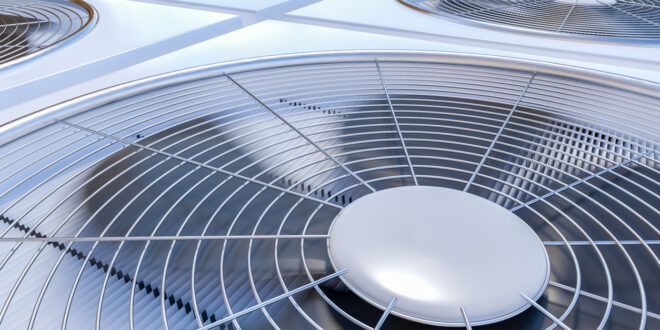Understanding the parts of your HVAC system can help you maintain it properly and easier to find and fix problems. This way, you can prevent expensive and inconvenient breakdowns, keep your system working efficiently and make sure your home stays comfortable. Some of the most important parts of the HVAC system are blower motor, combustion chamber, evaporator, thermostat, and heat exchanger.
Heat exchanger
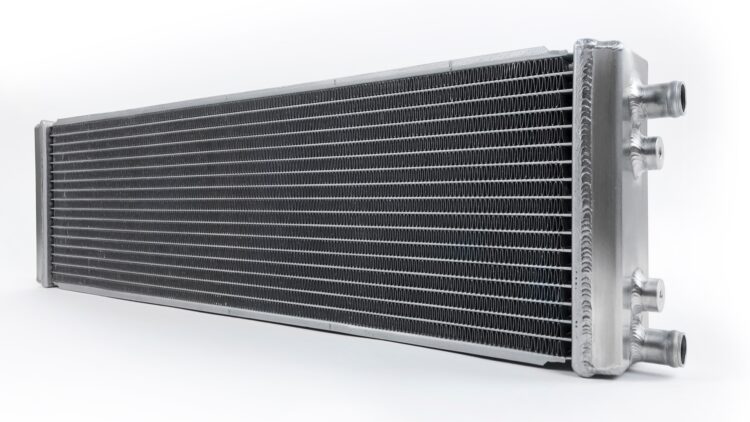
Your heat exchanger is part of the housing for your furnace. This is a very important part of the HVAC system since it absorbs the heat and warms the cool air when your thermostat activates your furnace. All kinds of furnaces always have heat exchangers, even electric unites. This component is made from durable stainless steel with a temperature-resistant alloy that prevents damage and cracks. Some models have a special air duct that lets cool air enter the heat exchanger faster and make your home warmer in just a few minutes.
A problem with your heat exchanger might lead to a carbon monoxide leak which can cause nausea, headaches, and even death. Since carbon monoxide is odorless and colorless, you should have CO detectors installed in your bedrooms and your kitchens if you have a gas furnace. Also, you should have all parts of your HVAC system inspected for problems at least once a year.
Blower motor
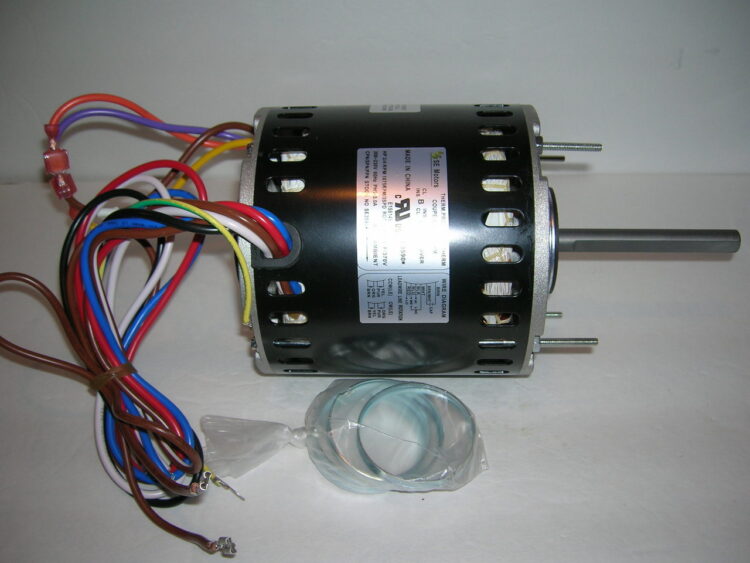
After the air in your heat exchanger reach a specific temperature, the blower motors powers a big fan that forces all the warm air into your ductwork which leads to all the rooms in your house. If you have a variable-speed blower, you can adjust it to different speeds to control the flow of air inside your home. It can monitor everything about your HVAC system and compensate for any problems. Since variable-speed blower motors reach their full speed gradually, they are not as noisy as regular ones and can even lower your humidity in the summer. Homes often usually reach the ideal temperature long before the fan reaches its full speed which means that you will be also saving energy.
Combustion Chamber
To have proper combustion there must be oxygen available, so the furnace adds in the air inside the combustion chamber to fuel the fire. For a gas furnace, the heating cycle will start when a certain amount of air and gas mixture enters the burner (combustion chamber). Then a pilot light or a glow stick ignites this mixture and starts burning in a controlled fire as more air and gas enter the burner.
Thermostat
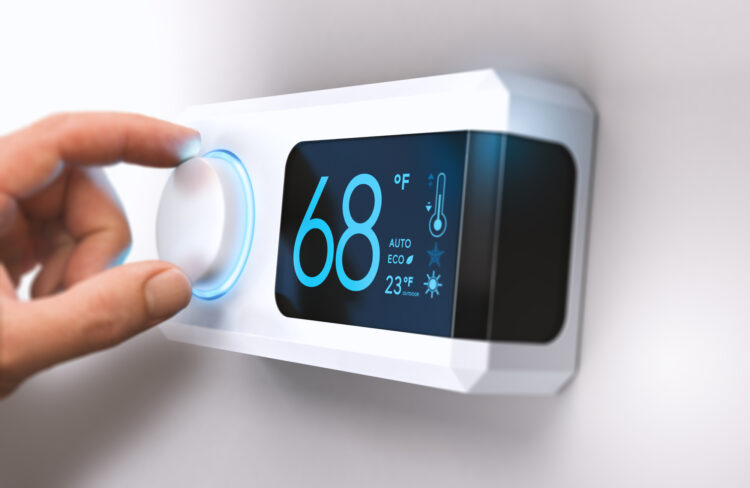
A thermostat has temperature sensors that decide when your air conditioner will turn off or on and has controls for users. It is connected directly with wires to the system. Usually, the best place for a thermostat is around the center of your home away from closed spaces or drafts. Some HVAC systems have more than just one thermostat and each of those thermostats control a different zone in the house. If you want to get yourself a high-quality thermostat for your HVAC system check out highperformancehvac.com
Compressor or condenser coil
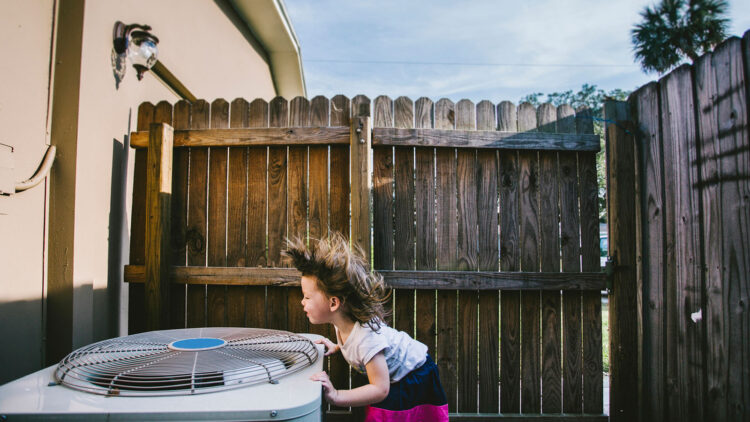
Your compressor is part of your air conditioner and it is usually installed outside of your home. The condenser cools your home by releasing all the hot air outside. This happens when it compresses and condenses a refrigerant from warm gas to a cold liquid.
Evaporator coil
This is also an important part of an HVAC system. The HVAC system brings the refrigerant to a series of small valves and nozzles and then these valves spray the liquid so that It can evaporate from liquid to gas faster. The evaporator coil absorbs the heat and lowers the temperature of your home.
 Hi Boox Popular Magazine 2024
Hi Boox Popular Magazine 2024
